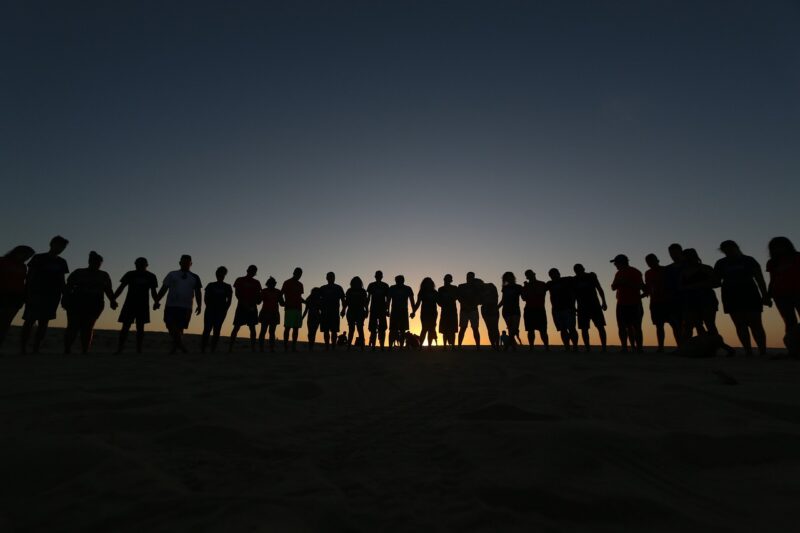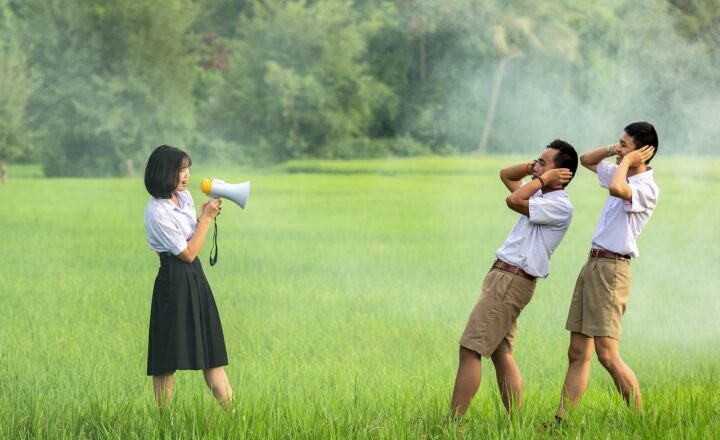
Language is a living, breathing entity that evolves over time, and slang is one of its most dynamic and fascinating aspects. From the cheeky phrases of the 1920s flappers to the internet lingo of today’s youth, slang serves as a window into the values, ideas, and experiences of different generations. This article delves deep into the evolution of slang, examining how it reflects social change, technological advancements, and the cultural zeitgeist of its time.
1. The Nature of Slang: Definition and Characteristics
Slang can be defined as informal language that is often specific to a particular social group. Its characteristics include:
- Informality: Slang is casual and often rejected in formal settings, making it more personal and intimate.
- Cultural Relevance: Slang words often arise from cultural events, societal shifts, or technological change, making it relevant to the time period.
- Fluidity: Slang terms come and go, often influenced by increasing popularity or cultural sentiment.
Understanding these characteristics helps pave the way for a deeper exploration of slang’s evolution.
2. The Historical Context of Slang Evolution
Slang has roots that trace back through centuries of human communication, reflecting the societal changes of each era. Here are a few highlights:
The Early Days: 1600s to 1800s
In the 17th century, slang began to emerge prominently in English-speaking countries. Terms like “cabbage” (referring to a head) and “swan” (deceiving, as in to swan around) were born out of societal contexts. Slang acted as a means of rebellion against the formalities of the time, introducing a flavor of mockery in speech.
The Jazz Age: 1920s
The slang of the 1920s reflected the cultural revolution following World War I. With the advent of jazz music, terms like “cool” and “bee’s knees” entered the vernacular, emphasizing the era’s allure of modernism and social liberation.
The 1950s to 1970s: Countercultures and Groovy Slang
This period saw the emergence of youth countercultures such as beatniks and hippies, introducing phrases like “far out” and “groovy.” These terms served as identifiers for younger generations who pushed back against traditional norms.
The Digital Era: 1990s to Present
The explosion of the internet transformed slang once again. Online communication birthed acronyms like “LOL” (laugh out loud) and “BRB” (be right back), which crossed over to everyday speech, showcasing the influence of technology on language.
3. The Role of Technology in Slang Change
Technology acts as a catalyst for the rapid evolution of language. Influences include:
- Instant Messaging and Social Media: Platforms like Twitter and TikTok fuel the creation and spread of slang terms. Words and phrases can become viral overnight, leading to widespread adoption, like “fam” or “stan.”
- Emoji and GIF Culture: These forms of expression enable users to communicate feelings and ideas through visuals, which often become integrated into daily language, influencing how we use existing words and phrases.
- Globalization: The internet brings together people from various cultures, merging slang from different regions. For example, “lit” (exciting or excellent) originated in the U.S. and is now widely used worldwide.
The connectivity afforded by technology ensures that slang continues to evolve at an unprecedented pace.
4. Slang as a Marker of Identity and Culture
Slang does more than just convey meaning; it creates a sense of belonging and identity. Different groups use slang to differentiate themselves from mainstream culture. Consider:
- Youth Culture: Young people often create their own lexicon, using it as a vehicle to express their values, experiences, and social sentiments. Terms like “vibe check” or “cancel culture” become sources of connection among peers, cementing their identity in the face of generational divides.
- Regional Dialects: Various regions have their own unique slang that serves as a badge of local pride. Words like “wicked” in New England or “ya’ll” in the southern U.S. illustrate how regionalism shapes language identity.
- Subcultures and Communities: Subcultures such as gaming or LGBTQ+ communities develop their own slang to signify shared experience, fostering solidarity and understanding within the group. Terms like “GG” (good game) in gaming or “shade” in drag culture emphasize this phenomenon.
The linguistic choices made within these groups contribute to shaping the broader language landscape.
5. Criticism and Acceptance of Slang
Slang usage doesn’t come without controversy. Critics often argue that slang indicates a decline in language standards. However, it’s crucial to consider:
- Innovation vs. Subversion: While traditionalists may see slang as detrimental, linguists argue that it represents linguistic innovation, allowing language to remain adaptable and relevant.
- Generational Class Differences: Younger generations may embrace slang, while older generations often resist it. This generational divide raises questions about acceptable language in various contexts, including professional vs. casual settings.
- Evolution is Inevitable: Just as languages develop and change over centuries, slang will always be a part of that process. Each generation will create terms that reflect their unique experiences and values, which inevitably will enter the lexicon of mainstream language.
Conclusion: Embracing the Change
In conclusion, slang is a powerful indicator of linguistic and cultural evolution. Through the ages, it has provided a rich tapestry that captures the essence of societal shifts, technological advancements, and cultural expressions. As language continues to evolve, embracing slang for what it represents can help bridge generational divides and foster greater understanding of one another’s experiences. By exploring slang’s evolution, we not only uncover the layers of our language but also gain insight into the unique identities that shape our world today.
Whether you find yourself using the latest slang or raising an eyebrow at it, remember that this linguistic phenomenon is likely to change and develop endlessly, just as the people who create it do.








